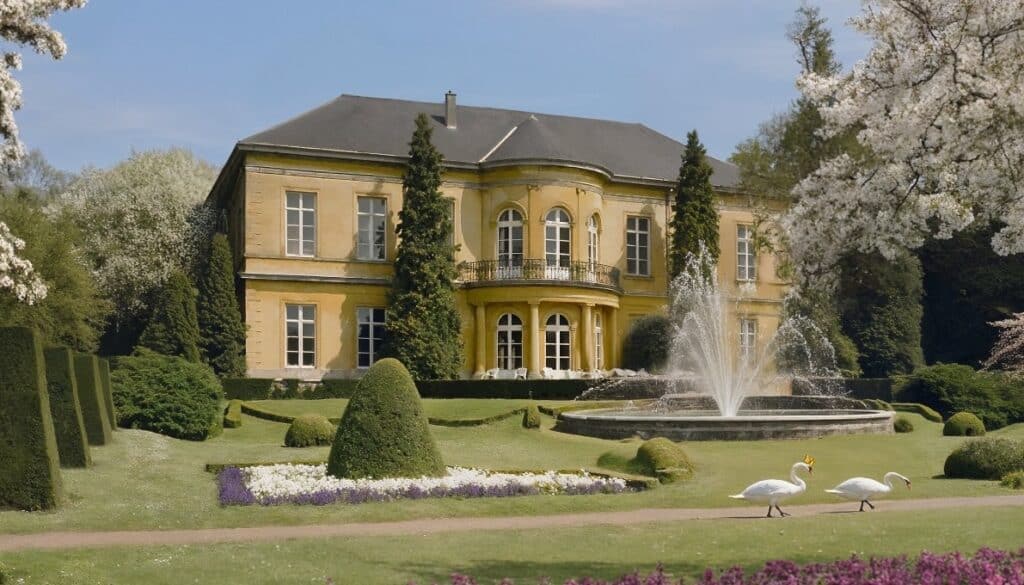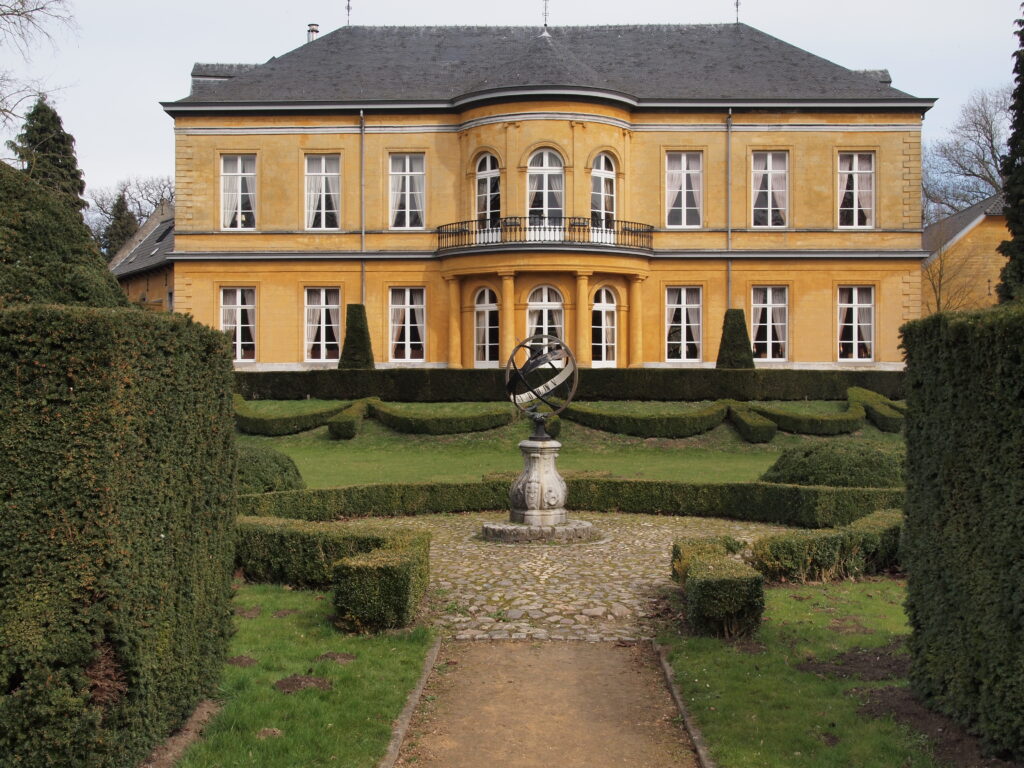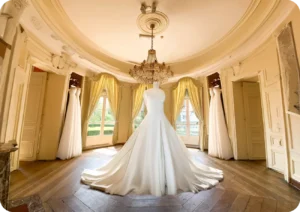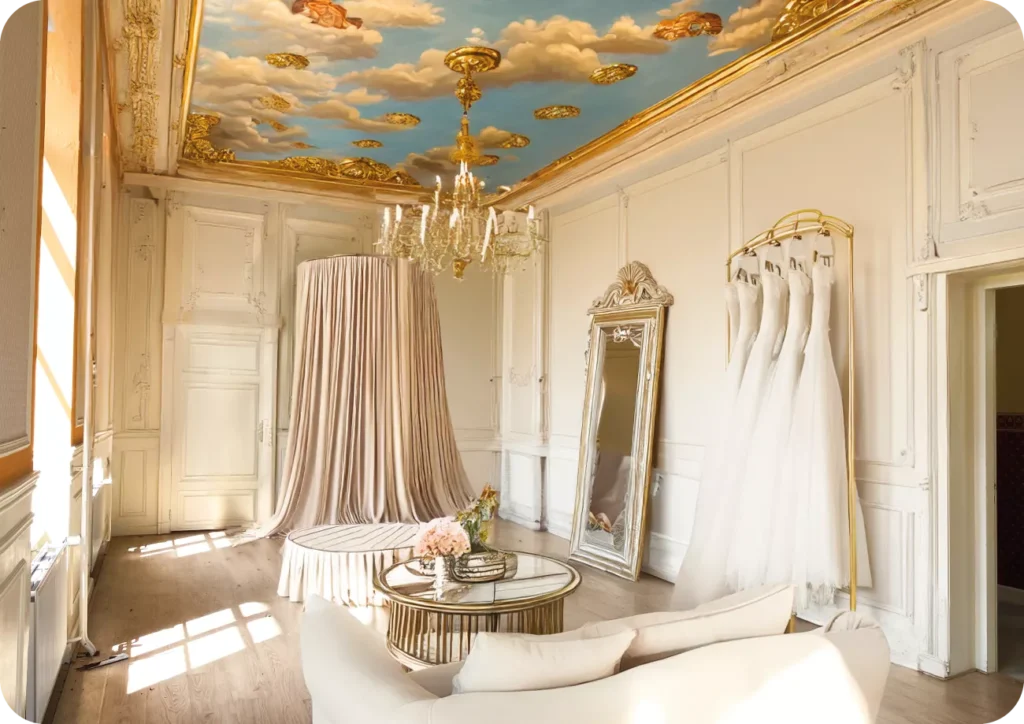A place with history
East Castle’s official year of construction dates back to 1836. But its eventful history dates back to 1563, where it was first mentioned in documents, then as an estate, in connection with planned renovation and remodeling work. During the first documented sale in 1587, it was first called Castle East – the name it still bears today.
Castle East looks back on centuries of eventful history. A magnificent building that was always owned by wealthy noble families in which high-ranking personalities came and went. In its heyday in 1626, Kasteel Oost was a place where magnificent feasts took place for days and high society met. Over the centuries, the castle has experienced an eventful history of inheritances and various transfers of ownership, which always took place within the high nobility. However, they all had one thing in common: the attachment and love for Castle Oost and its lands.
Conversion of the property
Starting in 1830, the Belgian owner and Jonkheer de Pité had a particular influence, whose structural measures significantly influenced the current architecture of Castle East. Among other things, he had the west wing extended to its present size, gave it its current ochre yellow paint and had the coat of arms integrated into the gable of the front roof, which still adorns the entrance today. In doing so, he gave the castle its neoclassical style, which is still preserved today.

The twist
Without knowing it, he was already one of the last private and aristocratic owners of the property. De Pité’s daughter Alide and later Baroness von Schrader and her daughter Helene, later Wolff Metternich, as the names suggest, both married men of German descent. Given the historical developments at the time, this was reason enough for the Netherlands at the beginning of World War II to confiscate the property as enemy property and from then on to exploit it as state property.
Although initial ideas arose in the early 1940s to convert the property into a casino with hotel and tea garden, they could not be implemented due to the German occupation.

New use
After the end of the war, from 1946, Castle East was given a new purpose by the then Valkenburg Agricultural School, which in turn also had a strong influence on the layout and use of the property. Extensive renovation and electrical works, the spatial redesign of the top floor of the main building and the construction of apartments in the west wing were carried out in 1957, leading to a complete change in the use of the palace. Over 422 peasants were educated for about 25 years before the school closed due to economic restructuring measures. Many years followed during which the castle underwent extensive restoration work, but remained vacant without use.
From 1978, the castle experienced a new revival on the lower floor by the municipality of Valkenburg itself, when they decided to build a “romantic wedding palace” here, in which the first couple exchanged wedding vows on August 26, 1978. One that would be followed by dozens of others and will return to Koonings The Wedding Castle in the future.
Writing fairy tales
Because in 2023 Ramona Koonings, owner of Koonings The Wedding Palace, got the chance to participate in the tender for the sale of Kasteel Oost and finally make her long-cherished dream come true and open a wedding castle. With a comprehensive and lovingly developed total concept for this unique property, she wins the tender and becomes the owner of Kasteel Oost in 2024. This lays the foundation for Koonings The Wedding Castle.

